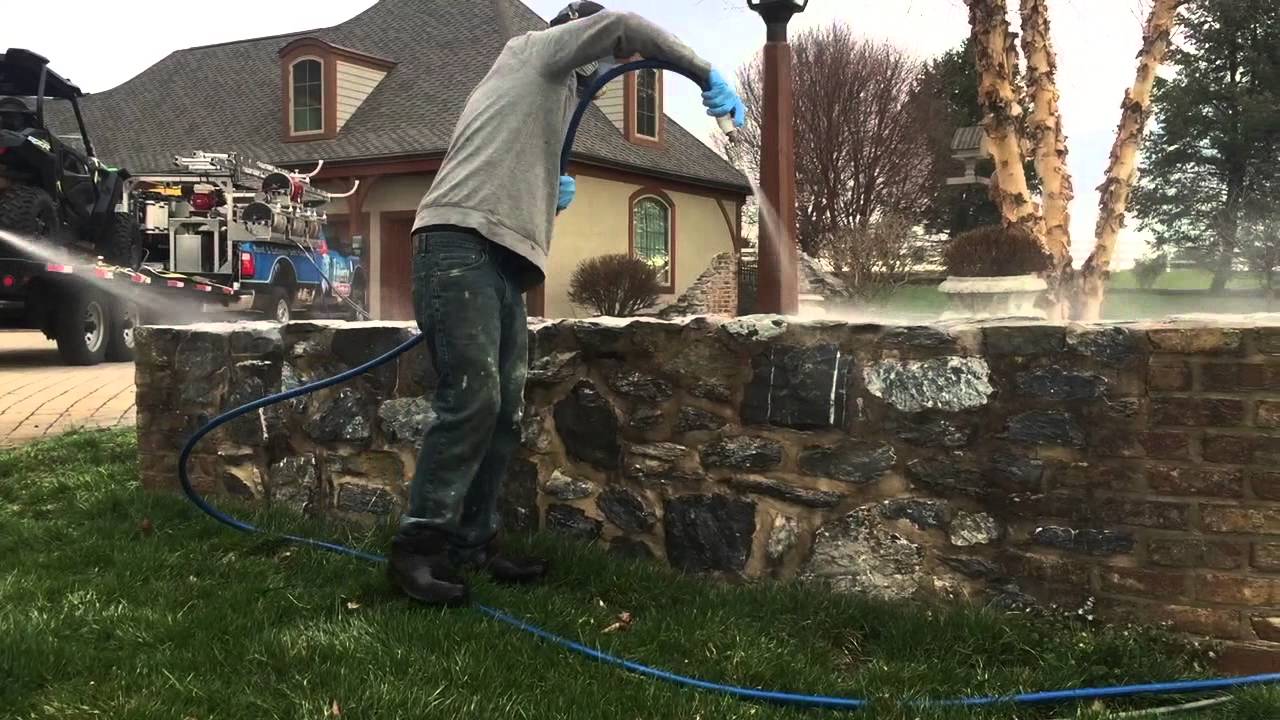
Artificial stone veneer — sometimes called manufactured stone — is a popular alternative to natural stone because it’s lightweight, versatile, and aesthetically pleasing. 🏡 But just like any exterior surface, it can accumulate dirt, mildew, algae, and even efflorescence over time. The big question is: Can you pressure wash it safely and effectively?
The short answer: Yes, but with great care. Pressure washing artificial stone veneer can be effective, but improper technique or high pressure can cause damage. Let’s break down the dos, don’ts, and best practices for keeping your veneer looking pristine without compromising its integrity. 💪🧽
🧱 What Is Artificial Stone Veneer?
Before diving into cleaning methods, it’s important to understand what this material is made of.
Artificial stone veneer is typically made from a mixture of cement, aggregates, and iron oxides for color. It’s cast in molds to replicate the look of natural stone but is more porous and less dense. Because of its lightweight, absorbent nature, it’s more vulnerable to:
- Water penetration
- Surface erosion
- Chipping or cracking
- Color fading
That’s why the cleaning method you choose really matters. 🧠⚠️
💧 Is Pressure Washing a Good Option?
Pressure washing can successfully remove:
✅ Dirt and dust buildup
✅ Mold, moss, or algae
✅ Spider webs and insect residue
✅ Light efflorescence stains
However, it’s not the best solution for:
❌ Deep stains that have soaked into the stone
❌ Paint or sealant removal
❌ High-speed grime blasting (like on driveways)
The key is to use a gentle touch — more rinse than blast. 🌊🧼
Browse Amazon Here For Top Rated Power Washers And Accessories
⚙️ Pressure Washing Settings for Artificial Stone
To clean your stone veneer safely:
- Use a low-pressure setting, ideally below 1000 PSI
- Choose a 40° or 25° nozzle (white or green tip)
- Keep the spray tip at least 12 inches away from the surface
- Always spray at a 45° angle, not head-on, to prevent loosening mortar
A pressure washer with adjustable PSI or a soft-wash system is ideal. Some pros even recommend attaching a foam cannon or using a garden hose with a pressure washer-safe cleaner for ultra-delicate surfaces.
🧴 Cleaning Solutions That Are Safe
Avoid bleach or highly acidic cleaners, as they can stain or deteriorate artificial stone. Instead, use:
- A biodegradable, pH-neutral detergent
- A vinegar-and-water mix (1:3 ratio) for algae or mildew
- Specialized stone veneer cleaners, which can be found at most hardware stores
Apply the cleaner with a sprayer or foam applicator and let it dwell for 5–10 minutes, then rinse off gently.
🧼 Pro Tip: Test a small inconspicuous area first to ensure no discoloration occurs.
Browse Amazon Here For Biodegradable Pressure Washing Detergents
🧽 Step-by-Step: How to Pressure Wash Stone Veneer
- Inspect the Surface
Look for loose pieces, crumbling mortar, or cracks. Do not pressure wash damaged sections. - Remove Loose Debris
Use a soft-bristle brush or broom to sweep away leaves, dirt, or cobwebs. - Apply Cleaning Solution
Use a pump sprayer or foam attachment to coat the area. Let it sit for a few minutes. - Start Pressure Washing at Low PSI
Begin rinsing from the top down using a wide-angle nozzle. Keep your distance and maintain a soft spray. - Check Frequently
Every few feet, stop and inspect for damage. If you notice chipping, back off immediately. - Final Rinse
Make a final rinse pass with clean water to remove soap and residue.
⚠️ Common Mistakes to Avoid
🚫 Too much pressure: It’s easy to blow out mortar joints or pit the surface
🚫 Washing damaged stone: Cracks or loose pieces can break off under pressure
🚫 Using bleach or acid: These can discolor or corrode the veneer
🚫 Spraying upward into joints: This can force water behind the stone and cause long-term moisture issues
🧠 Maintenance Tips for Longevity
- Seal your artificial stone every few years with a breathable masonry sealer
- Clean at least once a year (spring and/or fall)
- Address algae or mildew quickly to prevent staining
- Check for cracks or damage annually and repair immediately
🔚 Final Thoughts
Artificial stone veneer is beautiful but delicate. A careful, low-pressure approach with the right detergent can make a world of difference. 💦 With routine maintenance and proper cleaning, your veneer can stay looking fresh and high-end for years to come — no chipping, flaking, or fading involved.
It’s all about technique, not power. Treat your veneer with respect, and it’ll keep your home’s exterior looking polished and elegant. 🏡✨
Browse Amazon Here For Top Rated Power Washers And Accessories






